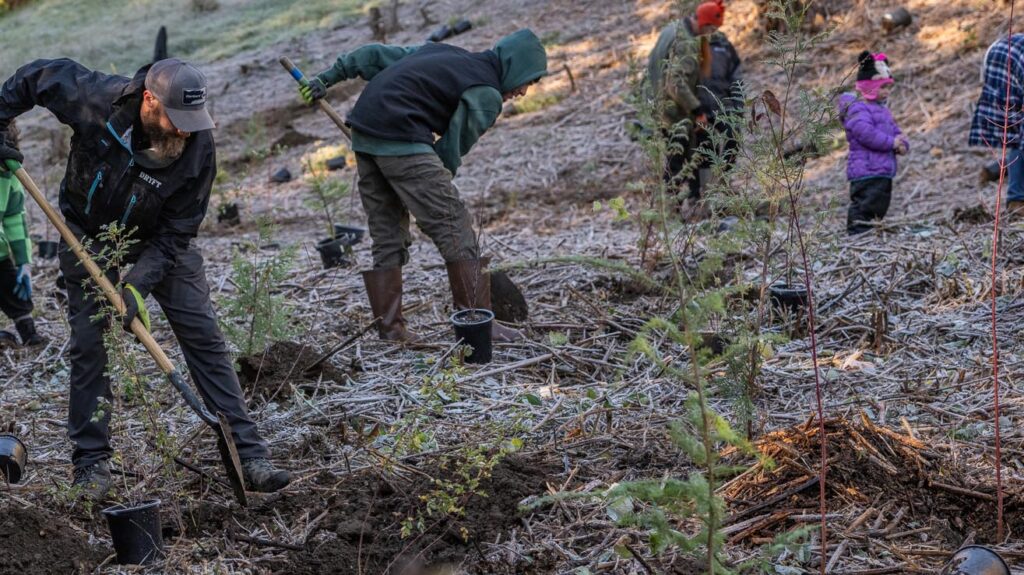The all new Stealth Sneaker from Korkers is a lightweight shoe, built like a boot, that is made for lightweight fishing missions. Not only are these sneakers cool to look at, but they are built to perform for comfort and fishing agility all day long. We only have limited quantities currently, but when they sell out we should have more available around the end of April.
-
 Korkers Stealth Sneaker™$159.99
Korkers Stealth Sneaker™$159.99









































